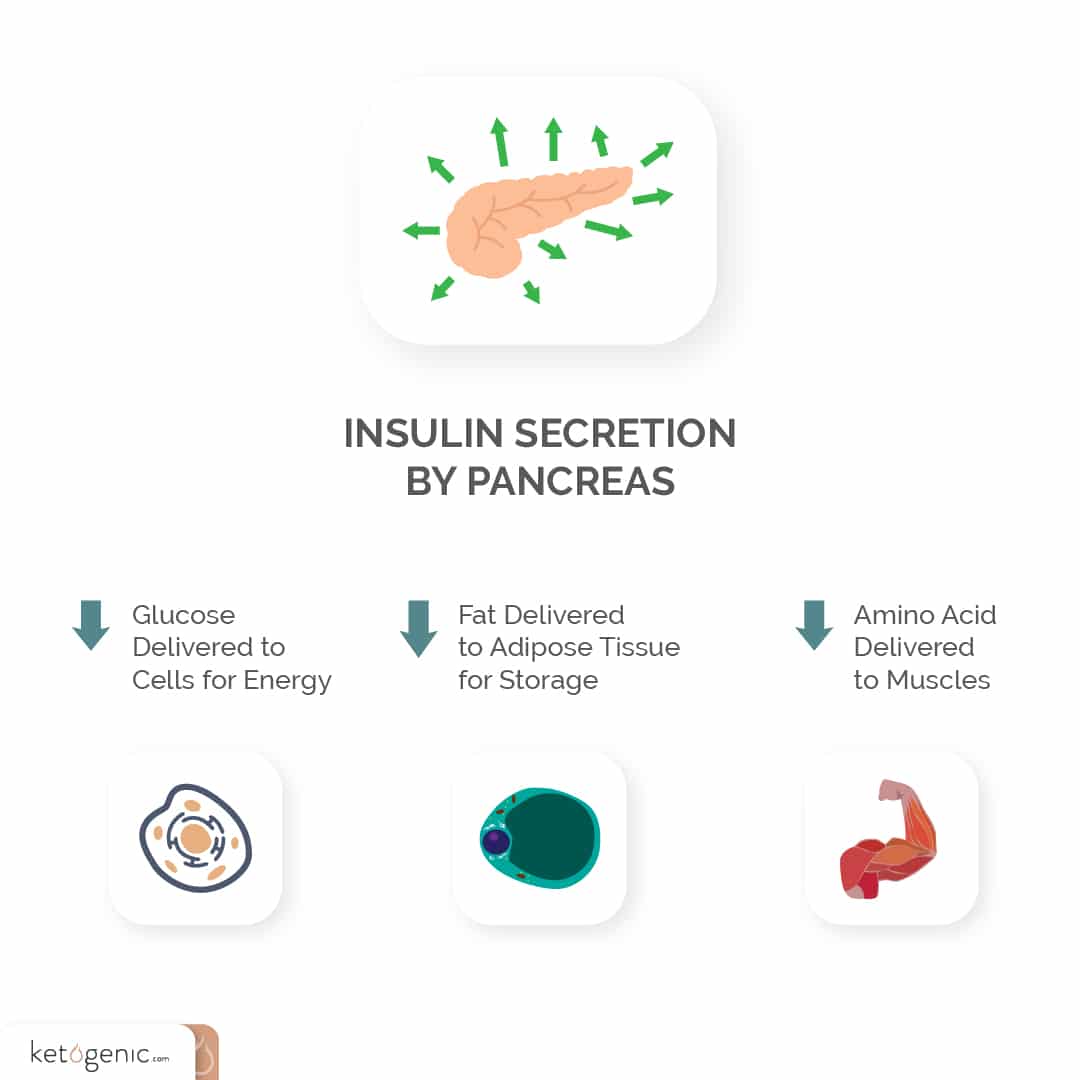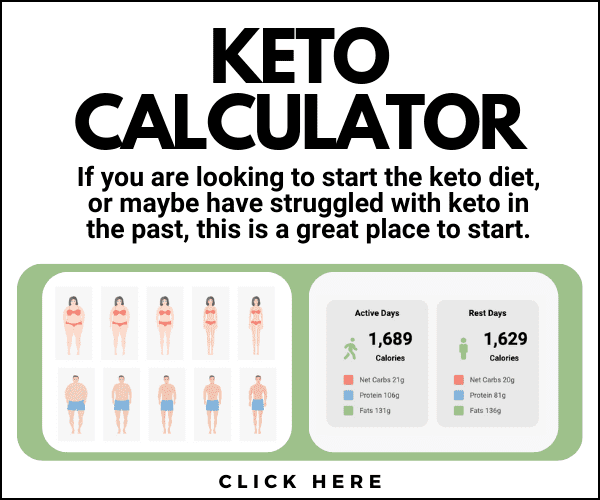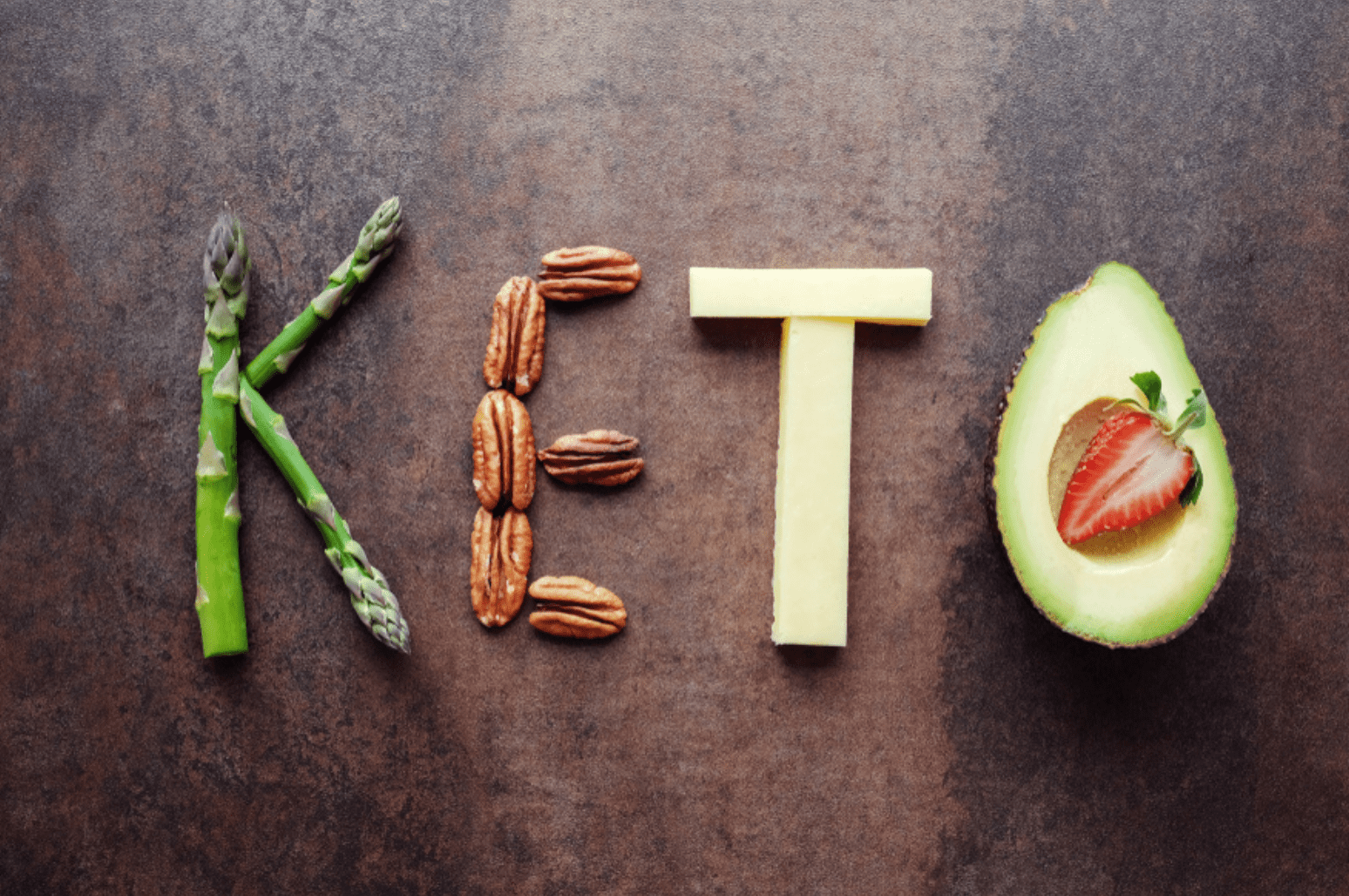
Human health, metabolism, and weight loss aren’t quite as simple as calories in vs. calories out. Different calories have different metabolic effects on the body and the body’s various physiological processes. The same number of calories in a head of broccoli and a processed granola bar doesn’t have the same metabolic impact on the body. When you contemplate blood sugar levels, hunger hormones, insulin, and the thermic effect of food, the obvious problems with the concept of calories in vs. calories outcomes to fruition.
You might have questions: do I need to count my calories? Is it more about the quality than the number of calories? Aren’t the calories from fat, protein, and carbs metabolically unique?
What in Calories in Vs. Calories out?
‘Calories in versus calories out’ is a model based on the idea that to maintain stable body weight and to be more metabolically healthy, the number of calories you consume needs to match the number you expend in energy. Calories in refers to the calories you obtain from your food and calories out refer to the number of calories you burn as energy.
The Thermic Effect of Food
You can burn calories through your basic metabolism, your digestion, and your physical activity. Your body uses most of the calories you eat from your food to sustain basic bodily functions, such as your heartbeat.
Scientists and experts believe around 10 to 15% of the calories you consume are used to fuel your digestion. For example, if you eat a 400-calorie meal, between 20 to 40 calories will be burned for digestion and nutrient absorption. Your meal size, meal frequency, and several other factors all influence the thermic effect of food.
Some foods require more work to digest, absorb, or metabolize when compared to other foods. This is called the thermic effect of food. The higher the thermic effect of a certain food, the more energy required for metabolism. Protein has the highest thermic effect of food [1].
The thermic effect of food (diet-induced thermogenesis) refers to the increase in metabolic rate that occurs after eating. The rate at which your body burns calories is called your metabolic rate. When you eat food, your body must use some of this energy to digest, absorb, and store the available nutrients [1].

Not All Calories are Equal!
With this popular model, the idea is that if you eat fewer calories than you burn, it’s good for your health and you’ll lose weight. However, this model doesn’t consider the type and quality of food you eat both in terms of weight loss and long-term health.
Here are some of the problems with the Calories in Vs. Calories out model:
Some foods, such as fructose, tend to increase levels of the hunger hormone ghrelin more than other foods [3]. The variety of foods you consume affect your hormones in certain ways. For example, the two simple sugars glucose and fructose deliver the same number of calories per gram, but your body metabolizes them in completely different ways [4].

Insulin is the fat-storage hormone that’s primarily released from the pancreas on the consumption of glucose (sugar) [5]. Studies show sugar can lead to insulin resistance and an increase in body weight and fat, further complicating the efficacy of the model [6].
Other factors also play a role in weight loss, for example, foods rich in fiber, fat, and protein are more satiating than foods containing lower amounts of those nutrients [7] [8].
When you take time to consider insulin, the hunger hormones, and the many other variables that could be involved in health and body weight, it becomes clear that it’s way more complex and multi-faceted. Gary Taubes dives deep into this issue and the science behind it in his revolutionary book Good Calories Bad Calories.
Research also shows the ketogenic diet can be effective for weight loss and yield health benefits. For more info, read our article on when a calorie isn’t just a calorie. If you’re not losing weight on keto or you reach a plateau, read our article for some possible reasons why.
With science ongoing and different foods having different metabolic effects on your body, it’s more important to focus on the quality and the nutrients in your foods rather than the number of calories.
References
Calcagno, M. Kahleova, H., Alwarith, J., Burgess, N. N., Flores, R. A., Busta, M. L., & Barnard, N. D. (2019). The thermic effect of food: A review. Journal of American College of Nutrition, 38(6). 547-551. doi: 10.1080/07315724.2018.1552544
Westerterp, K. R. (2004). Diet induced thermogenesis. Nutrition & Metabolism, doi: 10.1186/1743-7075-1-5
Teff. K. L., Elliot, S. S., Tschop, M., Kieffer, T. J., Rader, D., Heiman, M., Townsend, R. R., Keim, N. L., D’Alessio, D., & Havel, P. J. (2004). Dietary fructose reduces circulating insulin and leptin, attenuates postprandial suppression of ghrelin, and increases triglycerides in women, The Journal of Clinical Endocrinology and Metabolism, 89(6). 2963-72.
Lustig, R. H. (2010). Fructose: metabolic, hedonic, and societal parallels with ethanol.Journal of the American Dietetic Association, 110(9). 1307-1321.
Endocrine Society Hormone Health Network. What is Insulin?
Kanarek, R. B., & Orthen-Gambill, N. (1982). Differential effects of sucrose, fructose, and glucose on carbohydrate-induced obesity in rats. The Journal of Nutrition, 112(8). 1546-1554.
Clark, M. J., & Slavin, J. L. (2013). The effect of fiber on satiety and food intake: a systematic review.Journal of the American College of Nutrition, 32(3). 200-211.
Halton, T. L., & Hu, F. B. (2004).The effects of high protein diets on thermogenesis, satiety, and weight loss: A critical review. Journal of the American College of Nutrition, 23(5). 373-385.









